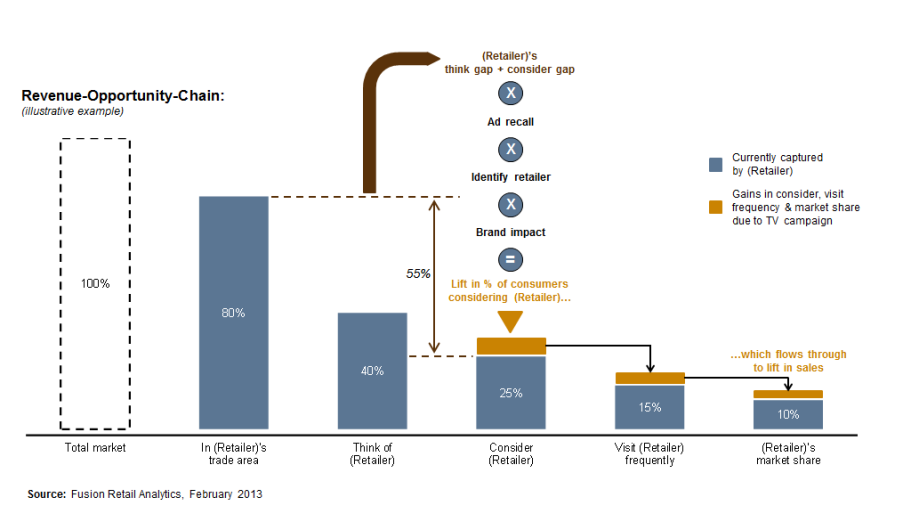TV Usage Changing Rapidly in Canada
Television viewership is not yet dying in Canada. What is changing is how people use their TVs, with PVR usage continuing to grow and many consumers opting to view TV programs online. In a recent study we conducted 26% of Canadian consumers told us they now typically skip over advertisements using a PVR. Another 11% told us that they mainly watch TV online, and although online TV can have commercials these ad slots are typically bought separately from cable TV slots. For young consumers (aged 17 to 24) almost 40% now mainly watch TV online.
Both of these trends come up frequently in conversations with our retail clients. Some are questioning if they should still do TV, and many retailers that have traditionally felt nervous about TV advertising are finding all the more reason to stay away. The key is to understand the exact role and ROI of each media, monitor changes in media usage and adjust your media mix each year accordingly.
One of the key services we provide for our clients is an annual media mix optimization exercise. Here we identify the most profitable marketing investments by examining growth opportunities by category, geography, consumer segment and by media. TV still scores very high under certain circumstances. Unfortunately, too often retailers apply rules of thumb that over simplify the situation. We sometimes hear an executive say "TV doesn't work" but this is a dangerous oversimplification that can result in poor investment decisions. Perhaps TV failed for this executive because it was used to target an inappropriate opportunity, the messaging was wrong or the execution was poor. When making TV investment decisions it is crucial that executives are able to accurately answer the question "under what circumstances does TV work and are those circumstances changing?" We have clients that have used TV to transform their sales growth, where their sales used to grow only 3% per year, they now grow 8%. At the same time, we have seen situations where we were able to make drastic cuts to a retailer's TV budget with no impact on sales.
Over the last 15 years of doing retail analytics, across 40 retailers, the most powerful method we have seen for understanding TV ROI is the following formula:

The formula requires a number of steps to fully capture the complexity of advertising, but in its essence it is very straightforward. TV is effective for categories where there is a large amount of profit dollars on the table and many consumers are in the retailer's trade area but few of them think of or consider visiting the retailer for the category. If those factors align, then the retailer needs to ensure that many consumers will see the ad and associate it with their brand, while maintaining the infrastructure to convert consumers with a newly formed opinion into sales. The more a retailer aligns their TV marketing spend to this formula the more impact their TV spend will have.
TV usage is changing, but notice that the changes are only impacting one piece of the formula, step 3 (the % of consumers expected to see the TV advertising). This step, and only this step, is now 37% less efficient than if nobody was using PVRs and everyone were watching televisions. The result is TV is less effective than it used to be. But, given the right situation, it still is extremely powerful. The key is to not make blanket statements such as "TV doesn't work anymore" but to consider the intricacies of the situation and determine where and how TV can work for you. Having done so it is possible to compare the results with other media and then have a robust conversation & working-session regarding the results.
Conclusion: Though TV usage is changing, in the right situations TV still has a powerful ROI. The key is to do the analysis.
